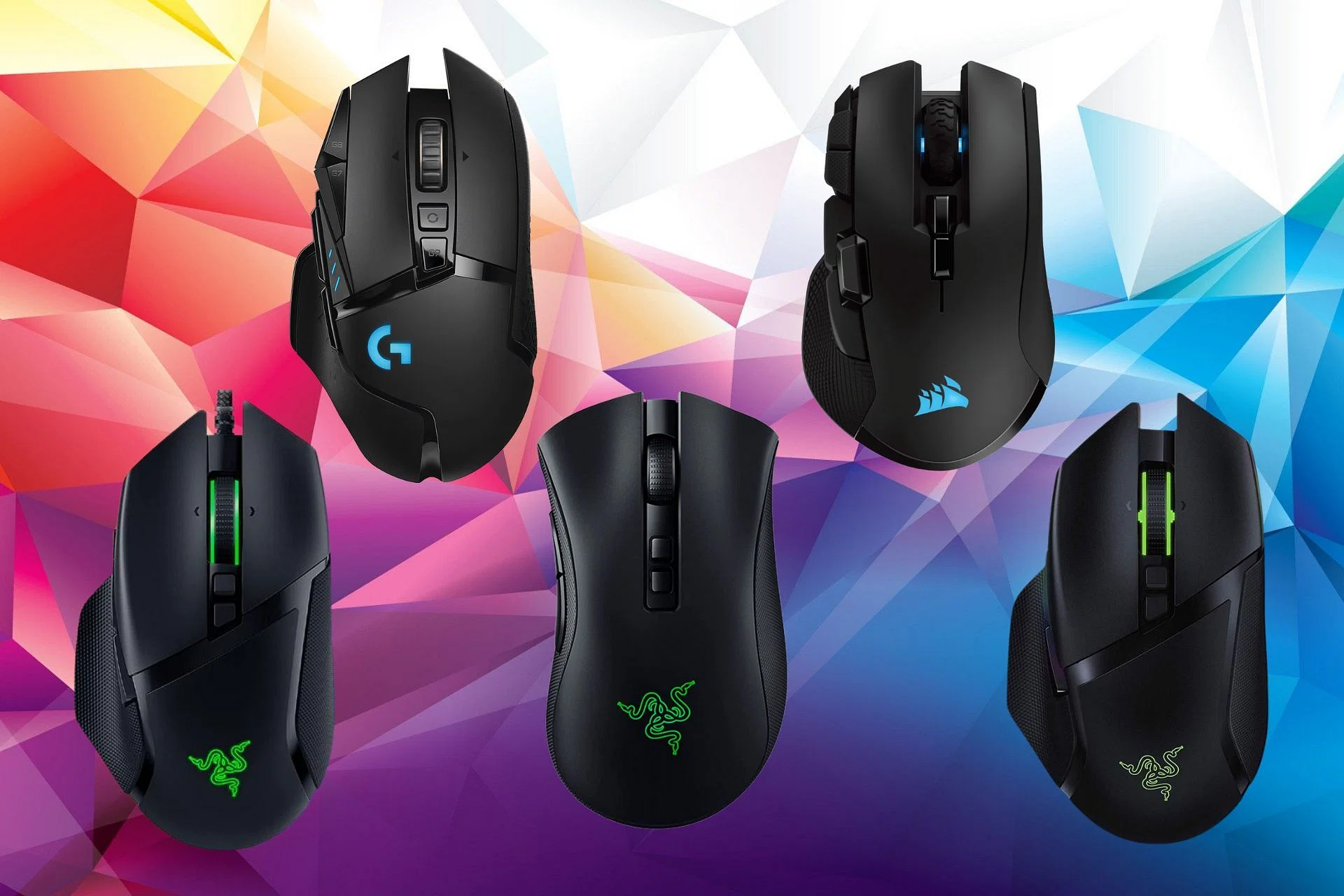Often compared to the brains of your device, a CPU is essential to running the software that allows you to call friends, play games, or work. This complex electronic machinery performs calculations that are incredibly fast.
It does this by fetching instructions from RAM, decoding them, and executing them. This cycle happens millions of times a second.
Functions
The central processing unit, or CPU, is the main computational engine of a computer system. It performs a wide variety of tasks, such as handling input and output devices (like keyboards and mice), transferring data between memory and storage devices and performing arithmetic and logic operations.
Its functions break down into three key stages: fetch, decode and execute. In the fetch stage, the CPU retrieves an instruction from memory, which it then decodes to understand what it should do. The decode stage converts this understanding into signals that enable other parts of the processor to perform the instruction.
For example, if an instruction requires the sum of two numbers, the CPU activates registers containing the number to be added, the number to be added to and a code signal that indicates which operation is required. The ALU then carries out the addition operation and any other arithmetic or logic operations required by the instruction. The result of the operation is then stored in the relevant register or memory location.
Design
The CPU is an essential component of computers and many modern devices such as smart phones, TVs, and even some appliances. It completes calculations that run the software programs that allow these devices to do their jobs, such as making phone calls, writing web pages, or controlling heating and cooling systems.
The simplest CPU design, sometimes called a subscalar processor, executes one instruction at a time. This can be improved somewhat by adding a second execution unit, but the performance is still limited to scalar (one instruction per clock cycle, IPC).
A typical CPU uses multiple hardware units to process program data. These include an arithmetic and logical unit that performs arithmetic and logical operations, a control unit that communicates with input and output devices and manages memory, and an address bus that converts between virtual and physical addresses. The control unit also generates the timing signals that connect each of these other hardware components.
Materials
The central processing unit (CPU) is the brain of a computer, containing all the circuitry needed to take input data, process it, store intermediate results and output data. It constantly follows the instructions of computer programs that tell it which information to process and how to do it.
The main material used for CPU chips is silicon, which acts as a semiconductor that allows electrical current to transmit through it. To make silicon semiconducting, manufacturers inject it with impurities such as arsenic, boron and phosphorus. This process is called doping.
The raw materials in computer chips and processors are very expensive and require careful handling. They also contain hazardous chemicals that must be stored and transported properly to avoid damage. Several of these chemicals are caustic and must be kept isolated to prevent them from damaging other parts of the chip. In addition, some of these chemicals are toxic to the environment and must be disposed of properly.
Performance
CPUs are able to execute programs stored in memory at an impressive rate, thanks to billions of microscopic transistors arranged on a single computer chip. These tiny switches alternate between on and off states, conveying the binary ones and zeroes that define our entire computing experience. Over the years, these transistors have grown smaller and faster, driving incredible advances in CPU performance – an evolution known as Moore’s Law.
A good CPU benchmark test provides a clear, straightforward picture of your hardware’s capabilities. It can also offer a comparison of your score to the results from other computers with similar hardware.
However, there are a few factors that should be taken into account when comparing performance across different processors. For example, multi-threaded performance varies based on multiple architectural factors and depends on how well software scales with core/thread count. It is also important to keep your testing environment as consistent as possible when evaluating CPU performance.Cpu’s



